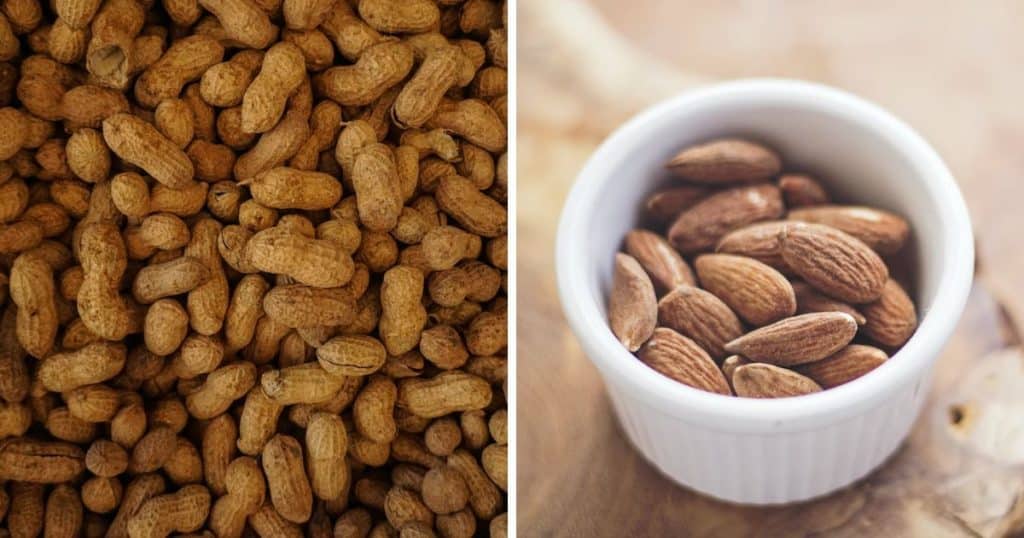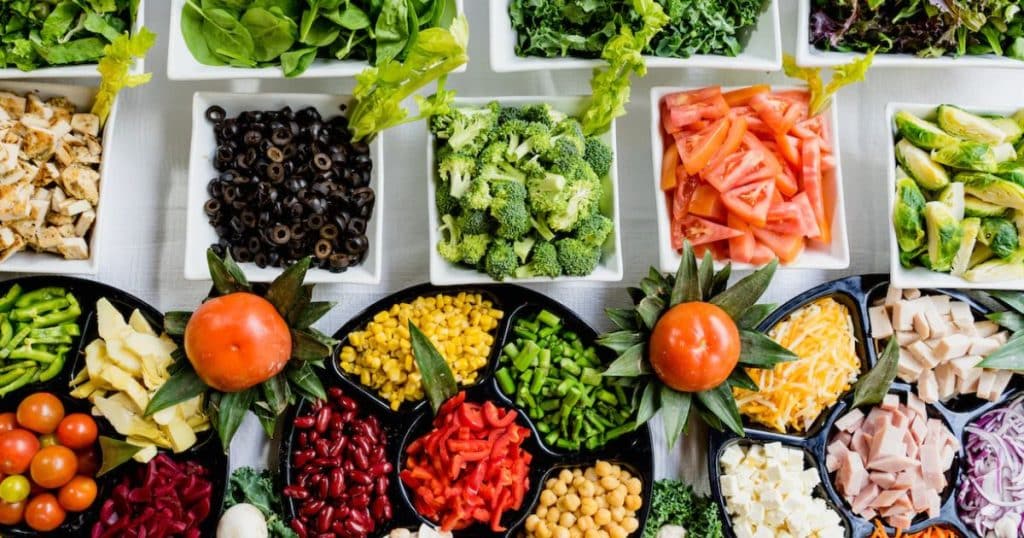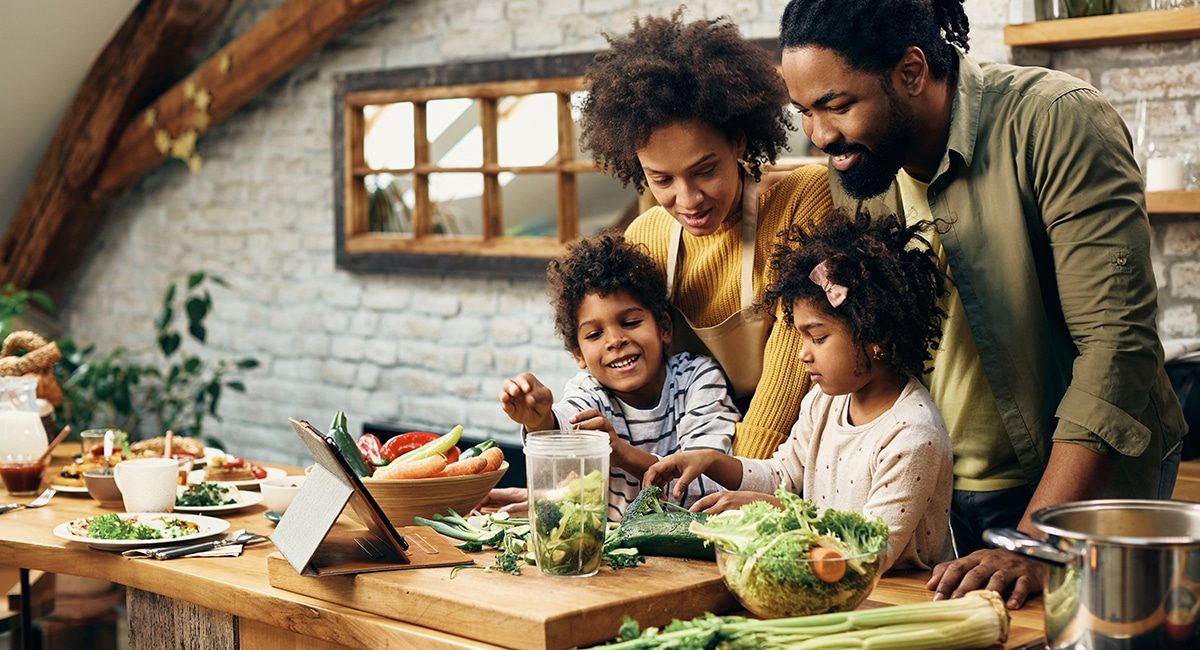Cooking delicious, family-friendly, healthy recipes for children with allergies is a major part of my life, and as an allergy mom, I’ve learned quite a few things about safe food preparation. Details like identifying a child’s allergies, dedicated cooking spaces, and the elimination of cross-contamination in the kitchen are three important factors when preparing allergy-friendly meals.
Food-allergy cases have doubled in African-American kids
Food allergies and asthma are serious diseases that require constant management and healthcare guidance due to the increased risk of anaphylaxis. Researchers found that, between 1988 and 2011, food allergies among black children increased 2.1 percent every 10 years. Food allergies increased 1.2 percent among Latino children during the same period and 1 percent among white children. (Source)
Children who are diagnosed with food allergies or asthma need to avoid eating the foods that trigger their symptoms.
Unfortunately, for Black children, (who statically have higher rates of allergies to wheat gluten, shellfish, and soy) avoidance is just one of many hurdles. Inequities in healthcare and limited access to safe foods and resources leave many of our children’s food allergies and reactions underdiagnosed.

Avoiding identified allergens is step one when cooking for children with allergies. If you suspect your child has food allergies, or they have been diagnosed with food allergies, how their meals are prepared is crucial to their safety.
Cross-contamination is one of the leading causes of allergy attacks and can occur almost anywhere. Minimize this risk by identifying dedicated cooking spaces, cookware, and utensils when preparing meals for those with food allergies.
In addition to food preparation, cooking and storage are equally as important. For a child with food allergies, crumbs from a regular slice of bread left behind in the toaster, gluten-free pasta cooked in the same pot that was used for regular pasta, or a knife not properly cleaned from the peanut butter jar can lead to life-threatening reactions.
In a perfect world family members would avoid bringing unsafe foods into the house, but this is nearly impossible in households with multiple children and additional family members.

8 tips to cooking for children with food allergies
Here are a few things to remember when preparing allergy-friendly meals for those with food allergies:
- Read the labels of foods to identify any known allergens. Also, look for different names that allergens may be listed under (i.e.hydrolyzed wheat protein is another name for gluten.)
- Look for manufacturer’s warnings or disclaimers on the packaging. (i.e. processed in a facility that also processes nuts)
- Label everything in your kitchen. We label all items in our home that are allergy-friendly so houseguests, grandparents, and sitters know which items in our home are safe for consumption.
- Identify dedicated cooking spaces, cookware, and utensils that are only used to prepare allergy-friendly foods/meals.
- Removing an allergen from a portion of food does not make it safe (i.e. removing cheese or picking out nuts from a salad).
- Properly clean countertops, cookware, and utensils with soap and warm water before and after each use to remove any traces of allergens.
- Consider plastic cutting boards and disposable cleaning items (i.e. paper towels or wipes) instead of sponges and towels.
- When preparing food for children with allergies remember that the riskiest foods for cross-contamination are messy foods, or those likely to leave crumbs, oil, or other trace allergens on surfaces.
Author: Black Restaurant Week
Content Team



